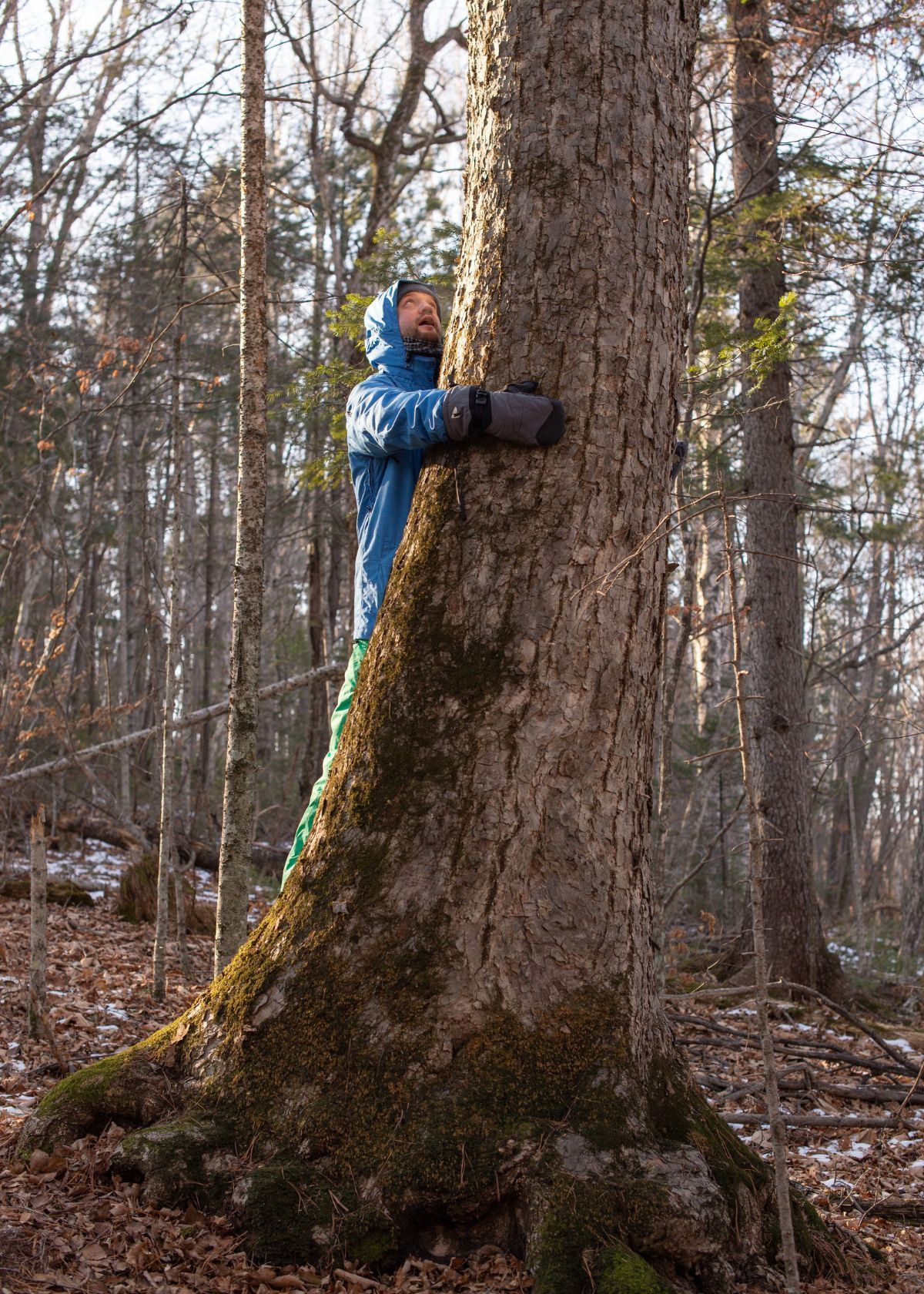Adventurers seek the elevated embrace of nature's guardians: trees in a world where the ground is too mundane and gravity to confining. With nimble limbs and hearts pounding with anticipation, they don their gear and embark on a quest to conquer the heights. But how do these audacious explorers ascend to their leafy thrones? Enter the enigmatic marvel known as the climbing ladder stand.
Imagine a contraption born from the marriage of engineering ingenuity and primal instinct. These treestands, a hybrid of comfort and camouflage, unlock a world unseen to mere earth-dwellers. They are the embodiment of stealth and elevation, granting the power to embrace the realm of arboreal majesty.
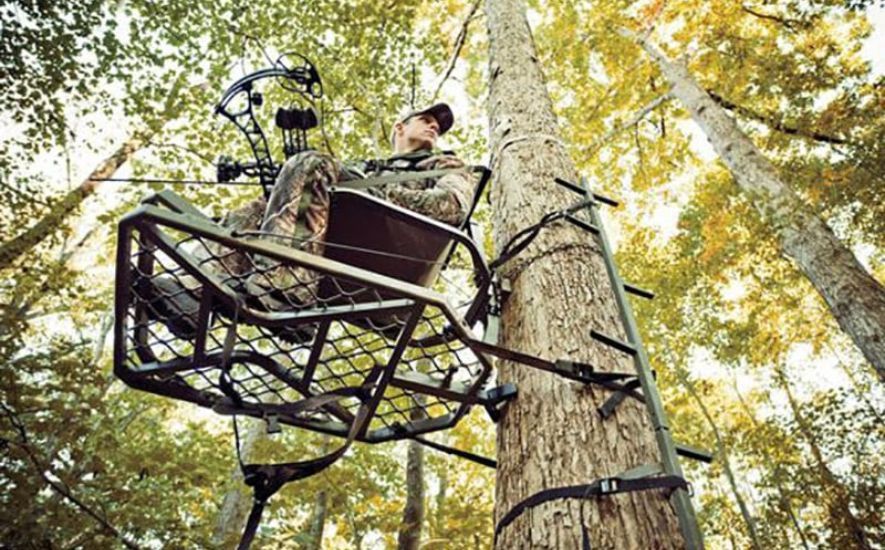
At first glance, a climbing treestand may appear as a bewildering riddle. Yet, hidden within its intricate design lies the key to ascending to the skies. A symphony of metal and fabric, it nestles against the trunk like a silent partner, waiting patiently for its symbiotic relationship with the intrepid climber.
So, if you ever find yourself longing to touch the sky and embrace the heavens, look no further than the wondrous realm of right tree stands. Step into their realm, and let the trees become your stairway to a world beyond your wildest dreams.
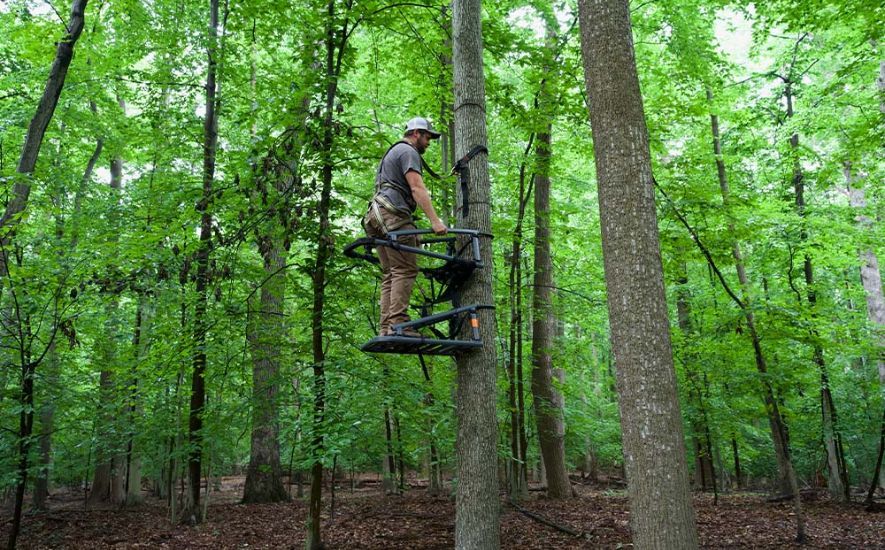
The Whispering Leaves For Right Tree Climbing Stand
In the hushed realm of nature's secrets, where the whispers of the leaves carry stories of hidden wonders, there lies a question that has intrigued many outdoor enthusiasts and hunters alike:
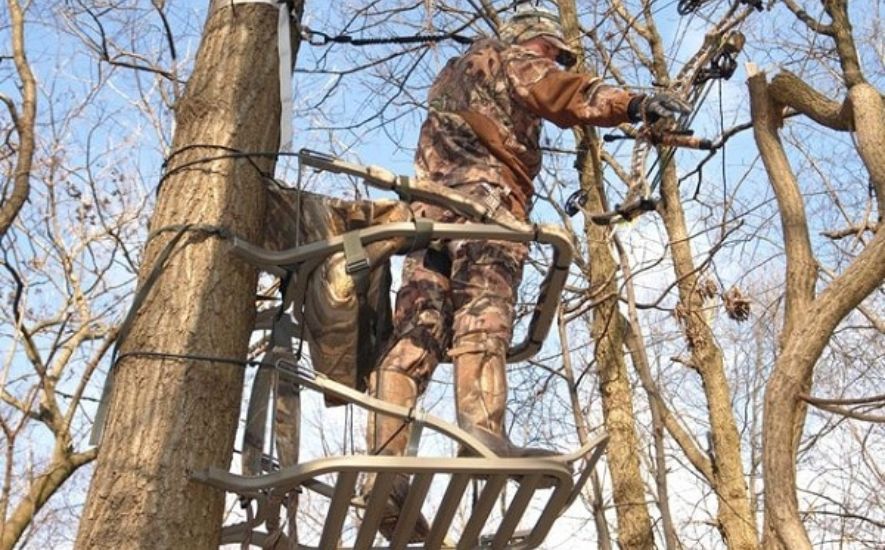
Do climbing treestands for deer hunting truly work? As we delve into this intriguing query, let us embark on a journey that weaves together folklore, practicality, and the enigmatic tales of the whispering leaves.
Unveiling the Essence of Climbing Tree Stands:
Amidst the tapestry of trees that stand tall in the wilderness, using climbing tree saddle emerges as a fascinating tool for hunters, granting them a vantage point above the forest floor.
These portable platforms, carefully designed to affix to the trunk of a tree, promise both concealment and elevation, allowing hunters to observe their surroundings from an advantageous position. But do these arboreal perches live up to their reputation?
Echoes of History: Tales from the Wild:
The whispering leaves hold fragments of ancient tales, echoing with stories of hunters who have employed types of tree stands throughout the ages.
Legends speak of Native American tribes who skillfully crafted their own elevated hunting stations, long before modern iterations were conceived. These age-old accounts suggest that climbing tree stands have been a part of our hunting heritage for centuries, hinting at their practical effectiveness.
Practical Advantages and Considerations:
While history might sway us towards the legitimacy of climbing tree stands for bowhunters, examining their practical advantages and potential limitations is crucial. These considerations allow us to gauge their effectiveness in modern hunting scenarios. Let us explore some key factors:
a. Heightened Perspective: Ascending into the canopy of the forest can grant hunters an invaluable vantage point, amplifying their field of view. By situating themselves above ground level, hunters gain a better understanding of animal movement patterns and can plan their strategies accordingly.
b. Concealment and Scent Dispersal: Climbing tree stands offer hunters an opportunity to camouflage themselves effectively amidst the foliage. When positioned wisely, these stands provide concealment from the keen senses of prey, ensuring a higher likelihood of remaining undetected. Additionally, by elevating themselves, hunters can disperse their scent above the animal's normal olfactory range.
c. Mobility and Adaptability: The portability of climbing tree stands enables hunters to explore various hunting locations without compromising their concealment or wasting precious time constructing ground blinds. This adaptability allows for increased mobility and the ability to react to changing hunting conditions swiftly.
The Art of Choosing the Right Stand:
While the potential advantages of climbing tree stands are evident, selecting the appropriate hang-on stand is crucial. Factors such as weight capacity, comfort, ease of setup, and compatibility with different tree sizes should be taken into account.
Furthermore, thorough knowledge of the hunting terrain, tree species, and local regulations is paramount to ensure a safe and successful hunting experience.
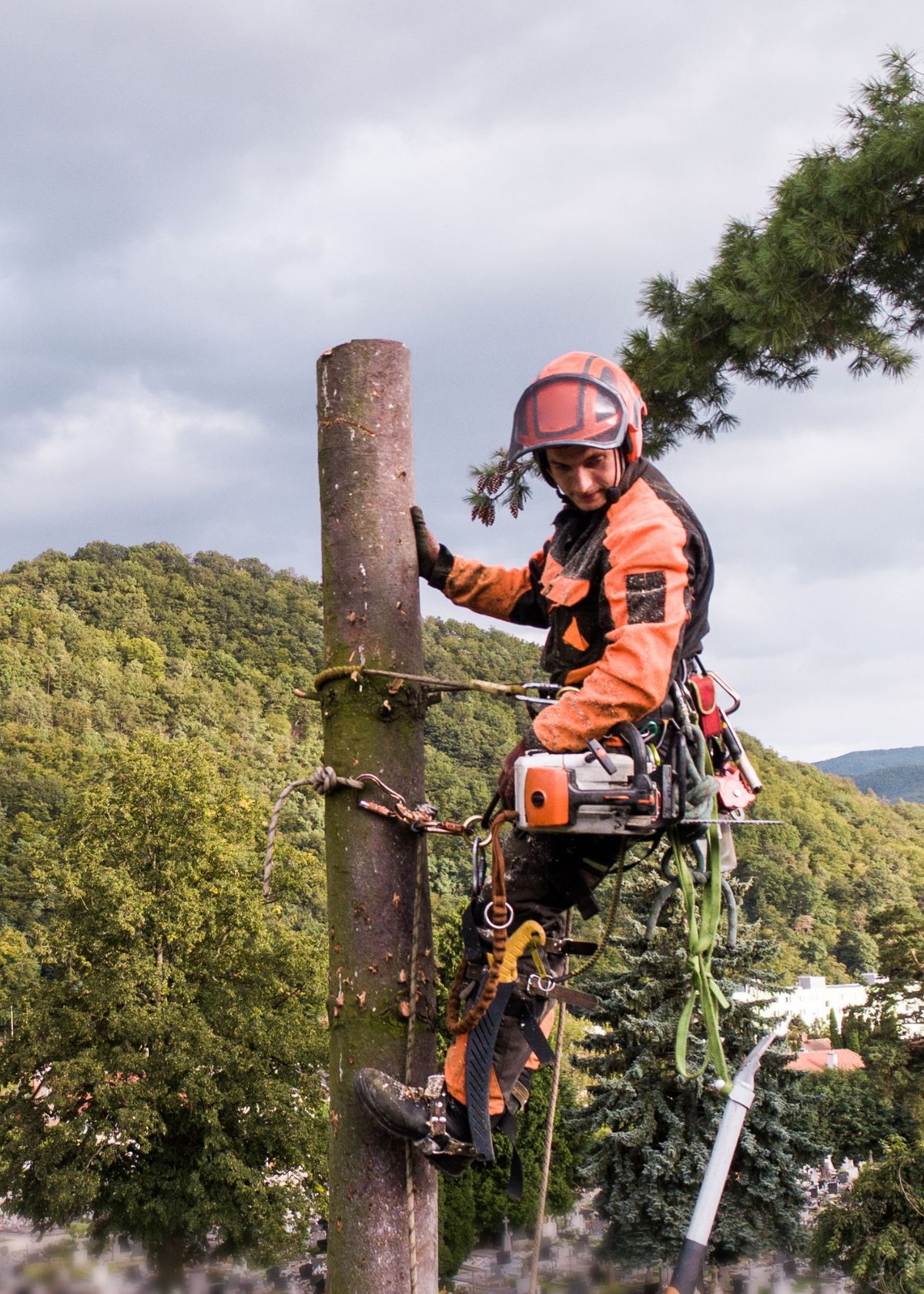
Nature's Elevation Machine
In the vast tapestry of nature's ingenious designs, few can rival the awe-inspiring grace of a tree. Rising high above the ground, trees have long captivated our imaginations and beckoned us to explore their lofty realms.
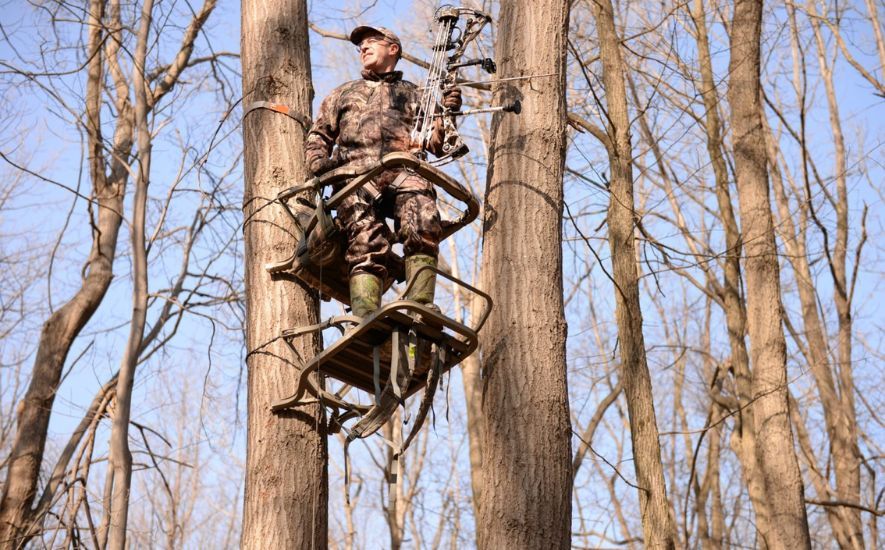
For those who crave an up-close encounter with nature's crown, climbing tree stands offer a unique and exhilarating vantage point. But do these elevated contraptions truly deliver on their promise of a breathtaking experience?
A Leap into the Arboreal Realm:
Picture this: You find yourself deep within a dense forest, surrounded by towering giants that stretch towards the heavens. Curiosity tugs at your heart, urging you to leave the solid ground behind and ascend into the realm of the trees.
Here, climbing tree stands to emerge as a gateway, allowing you to partake in the canopy-dwelling world that remains largely hidden from human eyes.
The Mechanics Behind the Ascent:
Climbing tree stands are ingeniously crafted contraptions designed to facilitate safe and efficient tree climbing. Composed of sturdy materials such as aluminum or steel, these stands consist of a seat or platform, supporting cables, and gripping mechanisms.
Their primary purpose is to provide a stable and secure foothold as you ascend the tree, enabling you to reach higher branches and experience nature's grandeur from a new perspective.
The Dance of Balance and Stability:
One may wonder, "Do these tree stands truly provide the stability needed to traverse the arboreal landscape?" The answer lies in their intelligent design. Climbing tree stands utilize a combination of gripping mechanisms, such as straps, braces, or chains, to anchor themselves securely to the tree trunk.
Additionally, many models employ adjustable support arms that can be tightened to ensure a snug fit. These features work in harmony to provide a stable and balanced platform, enabling climbers to ascend with confidence.
The Thrills of a New Perspective:
As you ascend higher into the leafy embrace of the trees, a world of wonders unfolds before your eyes.
With a climbing tree stand, you can witness the dance of squirrels as they chase one another through the branches, catch glimpses of colorful bird plumage that would otherwise remain hidden, and immerse yourself in the symphony of sounds emanating from the forest canopy.
The elevated vantage point afforded by these stands offers a unique and unparalleled connection with nature, deepening our appreciation for the intricate tapestry of life that surrounds us.

A Vertical Canvas
The allure of tree climbing has captivated the human imagination for centuries. Whether it's the primal instinct to ascend, the thrill of reaching new heights, or the desire to gain a unique perspective on the world, climbing trees holds a special place in our hearts.
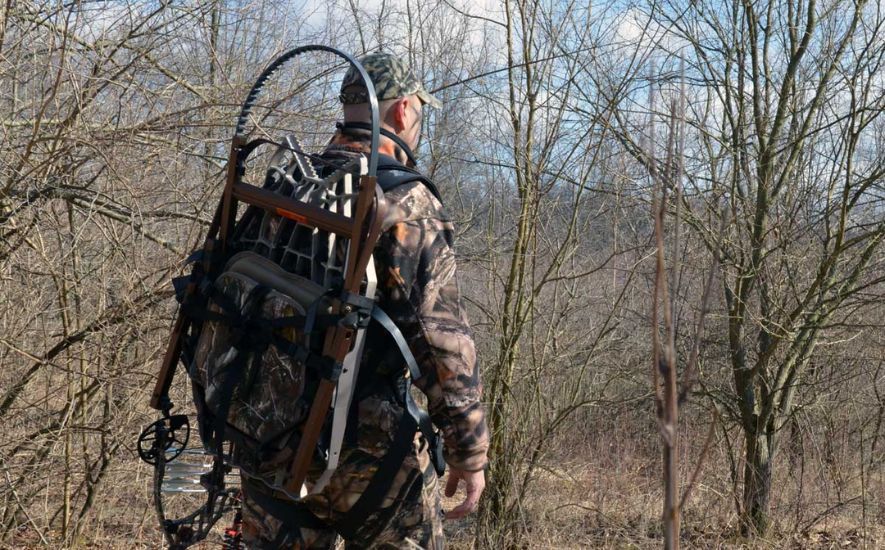
In the realm of outdoor sports and hunting, climbing tree stands offers a practical solution for hunters seeking an elevated vantage point. But do these innovative contraptions truly work? Let us delve into the world of climbing tree stands and explore their effectiveness.
Unveiling the Vertical Canvas: What are Climbing Tree Stands?
Climbing tree stands, also known as tree blinds or deer stands, are specially designed platforms that hunters use to elevate themselves off the ground while hunting in forests or wooded areas.
These stands typically consist of a seat and a platform, often equipped with safety harnesses and adjustable components. The fundamental principle behind climbing tree stands is to provide hunters with an advantageous position, enabling them to see further, remain concealed, and increase their chances of success.
A Closer Look: How Climbing Tree Stands Function
Climbing tree stands operate on a straightforward mechanism, relying on the tree itself for support and stability. Here's a step-by-step breakdown of how they work:
Securing the Base: The hunter first selects a suitable tree with strong, sturdy branches. They attach the base of the stand to the tree trunk using straps, chains, or cables. The base generally has gripping mechanisms, such as teeth or cleats, that bite into the tree bark, ensuring a secure attachment.
Climbing Up: With the base firmly secured, the hunter begins to ascend the tree. Climbing tree stands to employ various methods for ascending, such as climbing sticks, ladders, or even integrated steps built into the stand itself. These allow the hunter to ascend safely, gradually moving higher toward the desired hunting height.
Finding the Perfect Spot: Once at the desired height, the hunter selects a suitable branch or limb to attach the seat and platform. This can be achieved through cables or chains, which are often adjustable to accommodate different tree sizes and configurations. The hunter ensures that the seat and platform are securely fastened, providing stability during the hunting session.
Concealment and Safety: Climbing tree stands typically feature camouflage patterns, blending with the surrounding environment and aiding in concealment. Additionally, most stands come equipped with safety harnesses that hunters wear to prevent accidental falls. These harnesses attach to the tree, providing an added layer of security.
The Pros and Cons: Evaluating the Effectiveness
Like any hunting gear, climbing tree stands have its share of advantages and disadvantages. Let's explore both sides of the coin:
Pros:
Enhanced Visibility: By ascending above the ground, hunters gain an unobstructed view of the surrounding area, extending their line of sight and increasing their chances of spotting the game.
Concealment: Climbing tree stands to enable hunters to blend seamlessly with the environment. By mimicking the natural appearance of a tree and using camouflage patterns, hunters become less visible to their prey.
Versatility: These stands offer hunters the flexibility to change locations easily. As long as there are suitable trees, hunters can relocate to different areas, adapting to changing wind patterns or animal movement.
Cons:
Skill and Effort: Climbing tree stands requires some level of physical fitness and climbing proficiency. The process of ascending and descending trees can be demanding, particularly for individuals with limited mobility or those unaccustomed to heights.
Noise and Movement: Setting up and climbing tree stands can generate noise and movement, potentially alerting nearby games to the hunter's presence. Careful planning and execution are necessary to minimize disturbances.
Tree Selection: The effectiveness of climbing tree stands heavily relies on the availability of suitable trees in the hunting area. Sparse tree populations or unsuitable tree characteristics can limit their usability.

Frequently Asked Questions (How Do Climbing Tree Stands Work)
If you're new to climbing tree stands or simply curious about how they work, the following frequently asked questions will provide you with a comprehensive understanding of their functioning and usage.
How does a climbing stand work?
A climbing stand is a remarkable invention that allows adventurous individuals to ascend trees with ease and precision. Picture this: a climber stand consists of two primary components, the platform and the frame.
The frame, crafted from durable yet lightweight materials such as aluminum or steel, features two independent sections connected by sturdy cables or chains. These sections act as the climbing mechanism, one for the upper body and the other for the lower body.
The real magic begins when a daring climber approaches a tree. They securely fasten the lower section of the frame around the trunk, ensuring it is tightly gripping the bark. Next, they utilize their strength and agility to pull the upper section of the frame upward, effectively extending the overall height of the stand.
How do you climb a tree with a climbing tree stand?
Climbing a tree with a climbing tree stand is an exhilarating experience that requires careful technique and attention to detail. Here's a step-by-step guide to conquering the heights using this ingenious apparatus:
Preparation: Before embarking on your tree-climbing adventure, ensure that you have chosen a suitable tree with a straight and sturdy trunk. Familiarize yourself with the climbing tree stand's components and adjust them to fit your measurements for optimal comfort and safety.
Attachment: Begin by securing the lower section of the climbing tree stand around the tree trunk, making sure it is tightly fastened. Double-check the stability of the attachment to ensure a secure base for your ascent.
Initial Ascent: Grasp the upper section of the climbing tree stand and lift it upward while simultaneously applying slight pressure with your feet against the lower section. This action will elevate your body off the ground, allowing you to gradually ascend. As you rise, maintain a firm grip on the tree trunk for added stability.
What is a climber tree stand?
A climber tree stand is a revolutionary tool designed for adventurous individuals who yearn to explore the heights of trees.
It is a portable and versatile apparatus that allows climbers to ascend trees swiftly and securely, providing an unparalleled vantage point to observe nature's wonders. This ingenious contraption consists of a comfortable platform and a sturdy frame, both designed to support the climber as they conquer the tree's vertical terrain.
The platform serves as the climber's perch, providing a stable and spacious surface to stand or sit upon while admiring the surrounding scenery. It is often equipped with a seat, armrests, and sometimes even a shooting rail for hunters. The platform's design ensures comfort during long hours spent in the tree.
Conclusion
In the enchanting world of forests, where whispers of leaves and melodies of nature intertwine, a humble contraption stands tall amidst the grandeur—a climbing tree stand. As we delve into its workings, we discover a harmony of ingenuity and adventure. These elevated platforms blend seamlessly with the trees, allowing intrepid souls to ascend to breathtaking heights.
With each step, the stand's silent grip embraces the trunk, becoming one with the arboreal tapestry. It whispers secrets of safety, granting seekers of solace a bird's-eye view of the world below. Like a symphony of the human spirit and nature's grandeur, climbing tree stands invite us to ascend beyond our limitations and touch the heavens with our fingertips.



